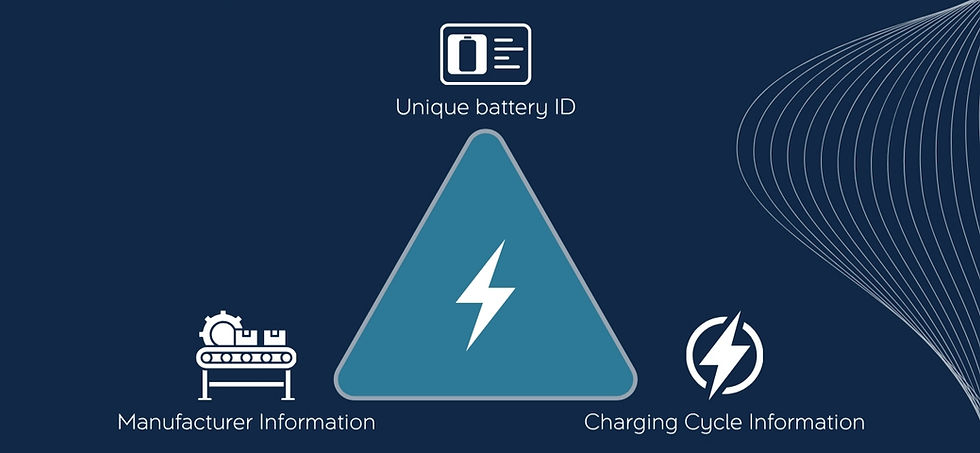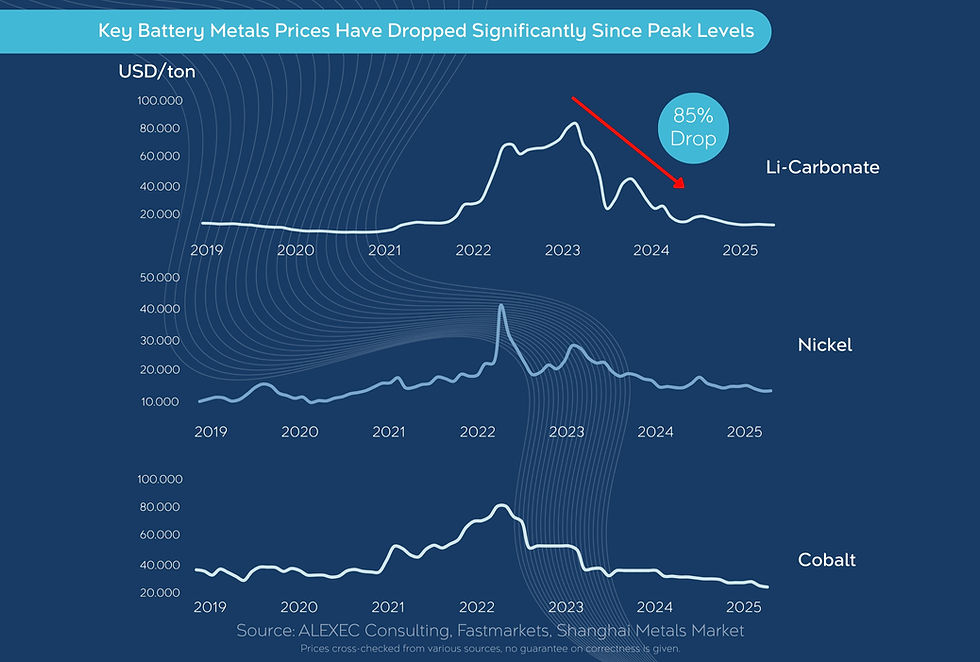Charging Points: Powering Europe’s EV Future
- valery_noryk

- Oct 1
- 3 min read
As Europe races toward a greener future, electric vehicles (EVs) are no longer just a trend — they’re becoming the new standard. But behind every EV is one essential enabler: the charging point. Without accessible, reliable and scalable charging infrastructure, the shift to e-mobility cannot succeed. We explore how Europe is building the backbone of its EV transition, the role of charging points in achieving climate neutrality and the challenges still ahead.
Europe EV transition is accelerating
The electric vehicle (EV) market in Europe is growing at an unprecedented pace, with millions of EVs sold every year. By 2030, forecasts expect sales to surpass 10 million EVs annually, underscoring just how fast the shift from traditional combustion engines is happening. This momentum is driven by stricter emission regulations, rising fuel costs and consumer demand for sustainable mobility.
At the heart of this transformation lies a crucial piece of infrastructure: the charging point. Without a reliable and accessible network of EV charging points, this transition would stall. Europe, however, is proving it can rise to the challenge — ensuring that the growth in EV adoption is matched with an equally ambitious expansion of charging infrastructure.
EU Climate Neutrality Roadmap
The European Union has laid out an ambitious plan to reach climate neutrality by 2050, with key milestones set for 2030. Central to this roadmap is the transition to sustainable mobility, with electric vehicles and charging points forming the backbone of the strategy.
Policies are not only pushing carmakers toward EV production but also ensuring that a sufficient number of charging points are deployed across member states.
Electric vehicles & Charging points, per capita
When comparing countries across Europe, significant differences emerge in EV adoption and charging infrastructure per capita. Norway leads with the highest EV penetration and one of the densest charging point networks. Meanwhile, larger economies like Germany, France and the UK are investing heavily to close the gap. The balance between the number of electric vehicles and the availability of charging points per capita will play a critical role in ensuring a smooth and equitable EV transition.

Yet, even Europe’s front-runners haven’t yet achieved full alignment between EV adoption and charging infrastructure — highlighting a continental gap that must be closed to meet climate targets.
Challenges in reaching market maturity
Despite rapid progress, challenges remain on the road to market maturity. Europe’s EV future depends not only on scaling the number of charging points but also on overcoming systemic barriers:
Scaling beyond urban areas. Any charging points are concentrated in cities, leaving rural and cross-border routes underserved.
High upfront cost & low utilization. The investment needed to deploy ultra-fast chargers is significant, while early usage rates can be low, delaying returns.
Standardizing driver experience. Payment systems, charging speeds, and access methods vary across networks, creating friction for EV drivers.
Connecting to the grid. Integrating a rapidly growing number of charging points with local energy grids requires upgrades and smart energy management.
Betting on the right technology. From ultra-fast charging to wireless solutions, investors must decide where to place their bets without locking into soon-to-be outdated technology.
Insufficient availability of fast charging. While slow and residential charging points are expanding, the availability of high-speed options on highways and long routes remains limited.
Overcoming these hurdles is critical. Europe must not only expand its charging point network but also ensure it is efficient, accessible and future-proof.
At ALEXEC Consulting, we help businesses navigate this transformation by offering tailored solutions for EV infrastructure and charging point deployment.
If you found this post insightful, like, leave a comment with your thoughts and don’t hesitate to contact ALEXEC to explore how we can help you succeed in the EV future.






Comments